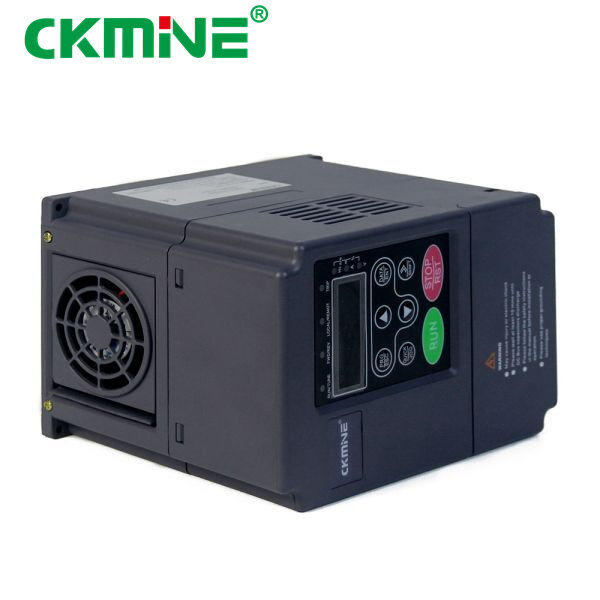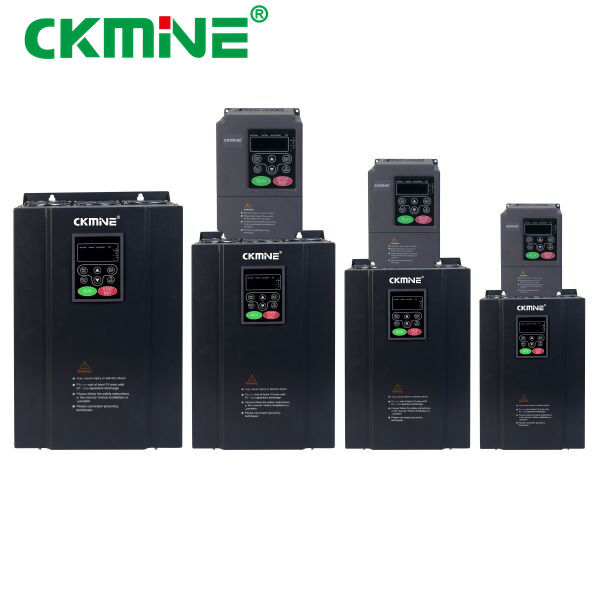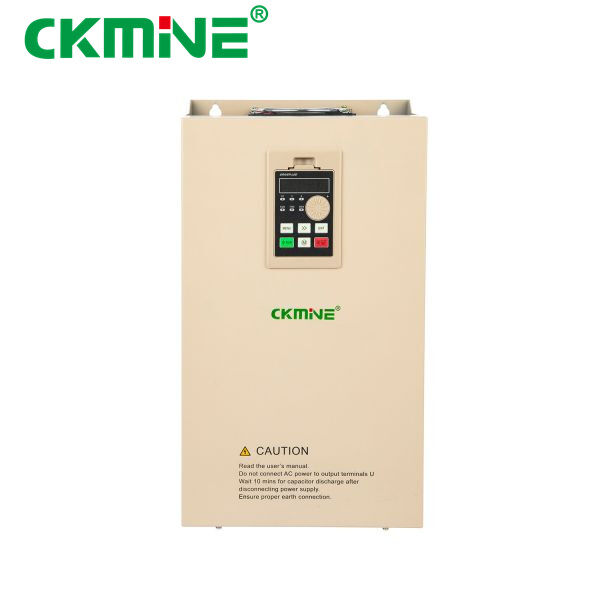Ხომ არ გენაცვალებიათ, როგორ ხდება ელექტროენერგიის ერთი სახიდან მეორეში გარდაქმნა? სამფაზიანი ინვერტორი სწორედ ამ მოწყობილობას წარმოადგენს! ის იღებს ელექტროენერგიას მუდმივი დენის წყაროდან და გარდაქმნის მუდმივ დენს გადაცემულ დენად. ეს მნიშვნელოვანია, რადგან ბევრი იმ რამის მუშაობას ვახორციელებთ ყოველდღიურად, რომელიც გადაცემული დენით მუშაობს.
Უკვე ვიცით, რა არის 3 ფაზიანი ინვერტორის მოქმედების პრინციპი, ასე რომ განვიხილოთ, თუ როგორ მუშაობს ის. ყველაფერი იწყება მაშინ, როდესაც ინვერტორი იღებს DC დენს. ელექტრონული გადამრთველები სწრაფად აბრუნებენ დენს წინ და უკან, რაც ქმნის ტალღის მსგავს სიგნალს, რომელიც მსგავსია იმ AC დენისა, რომელსაც ჩვენ გამოვიყენებთ სახლებში და ბიზნესში. შემდეგ ეს ტალღა გადაეცემა იმ მოწყობილობებს, რომლებსაც სჭირდებათ AC დენი.

Სამფაზიანი ინვერტორისთვის მნიშვნელოვანია გამოსასვლელზე დაბალანსებული მუშაობა. ეს ნიშნავს, რომ ინვერტორმა უნდა გაანაწილოს ელექტროენერგია თანაბრად სამ ფაზაზე გამოსასვლელთან. თუ გამოსასვლელის ბალანსი დარღვეულია, შესაძლოა მოწყობილობებთან ან ხელსაწყოებთან დაკავშირებით პრობლემები წარმოიშვას. თუ გამოსასვლელი დაბალანსებულია, ყველაფერი გლუვად მუშაობს.

Მაშინ კითხვა იქმნება, რატომ იყენებენ ხალხი სამფაზიან ინვერტორს დიდი მანქანებისთვის და ა.შ.? ამის კარგი მიზეზები არსებობს. პირველი მიზეზი ის არის, რომ ის უზრუნველყოფს დიდი მანქანებისთვის უფრო სანდო და სტაბილურ ელექტრომომარაგებას. მეორე მნიშვნელოვანი ფაქტორი არის მოტორების სიჩქარისა და მავთულის შესუსტება, რაც მაღაროებში მნიშვნელოვან მახასიათებელს წარმოადგენს. ბოლოს, სამფაზიანი ინვერტორის გამოყენებით შესაძლოა ენერგიისა და ხარჯების დაზოგვა მოხდეს დიდ ხანში.

სამფაზიანი ინვერტორი არ მუშაობს – ზოგიერთი ამონახსნი როგორც ნებისმიერი მოწყობილობა, რომელსაც მოძრავი ნაწილები აქვს, სამფაზიანი ინვერტორის კომპონენტები ზოგჯერ უარყოფითად იმუშავებს. ერთ-ერთი მთავარი პრობლემა გადახურვაა, რომელიც შეიძლება მოხდეს თუ არ არის საკმარისი განათი ან თუ გაგრილების სისტემა არასწორად მუშაობს. შეიძლება იყოს სხვა პრობლემაც, მაგალითად მოკლე წრედი, რომელიც ხდება, როდესაც გაყვანილობა არ არის სწორად დაყენებული. თუ თქვენ გაქვთ პრობლემა სამფაზიანი ინვერტორის მიმართულებით, უმჯობესია მიმართოთ პროფესიონალს წრედის მიხედვით.